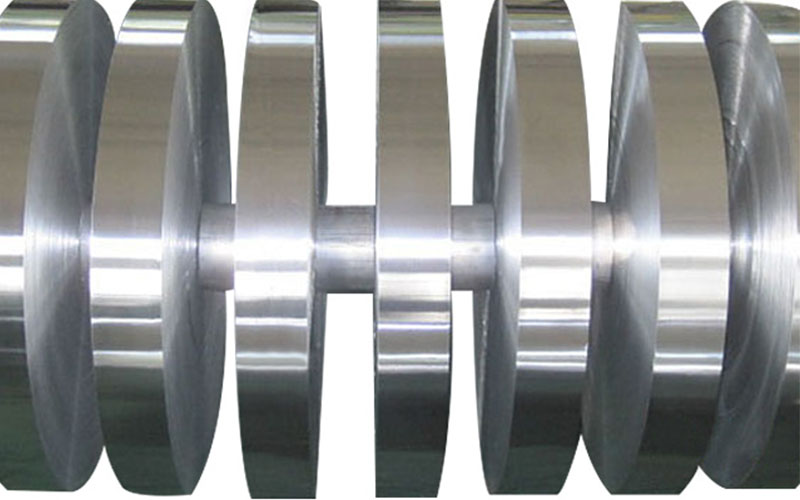
As known to all, both copper and aluminum are materials of good conductivity, but they have a immeasurably vast difference while being used in transformers. Boating a much lighter weight and a far lower cost, flat aluminum strips should have taken the first place in transformer winding materials. However, it is not the case. The bottle neck lies in technology in aluminum strip welding. Inappropriate welding leads to a huge number of quality problems, eventually weakening the strip’s attractiveness to transformer manufacturers. What are the current welding methods and how to solve the problem, then?
At present there are two most frequently adopted welding methods for aluminium strip/coil for transformer: riveting and soldering.

Weaknesses of Riveting
A. Once exposed to the air, aluminum reacts to the oxygen quickly, during which a thick dense oxide aluminum comes into being on the surface of the aluminium flat strip and reduces conductivity rate of the strip. The riveting part gets hot easily and even falls apart.
B. Riveting is not suitable for thin varnished aluminium strips.
C. Riveting is not a universal welding process and featured by low production efficiency.
Weaknesses of Soldering
A. Huge smog is generated during soldering, polluting both the environment and human health.
B. Once left on the soldering part, the scaling powder corrodes adjoining aluminium flat strips and breaks them in the long run.
The most advanced aluminium welding technology, on the other hand, perfectly solves all the problems above. Its advantages are as below.
A. The welding is carried out in a non-oxygen environment with tin as the welding agent, thus no oxide aluminum will come into being.
B. The process involves no scaling powders and paint removers, and thus proves to be healthy and environmental.
C. The tin-aluminum alloy forms on the connecting section through atom contacting, and the section boasts better quality and reliability than common tin-copper welding process.